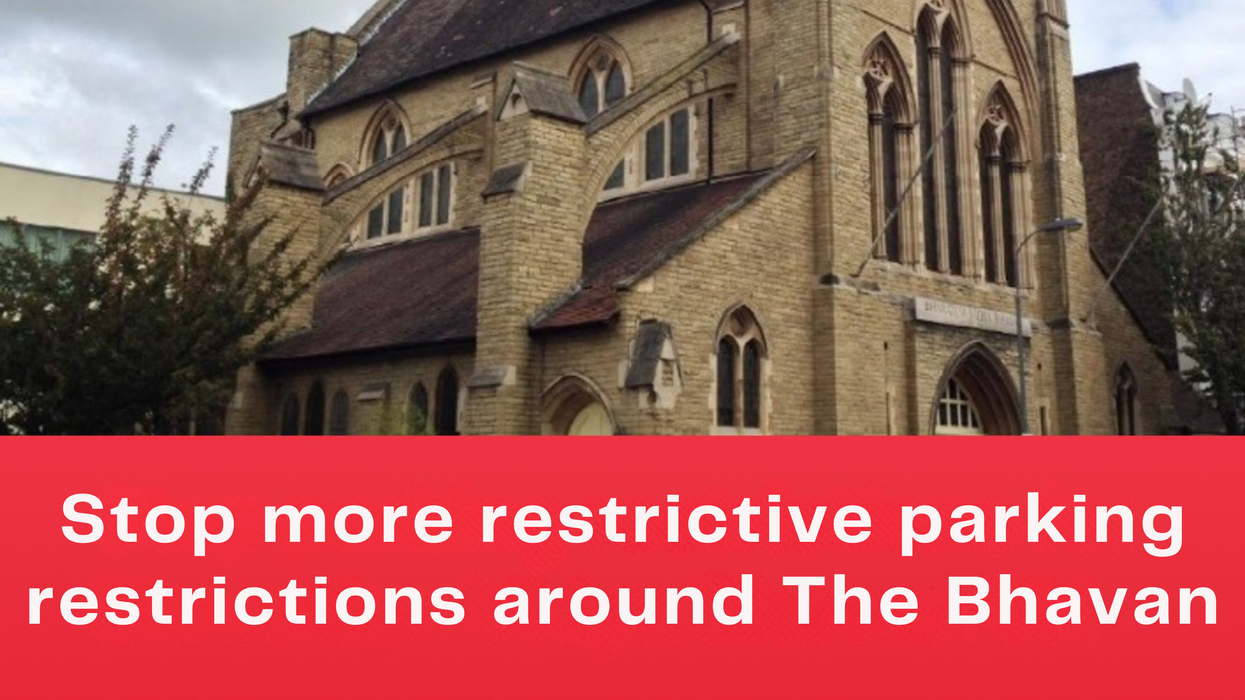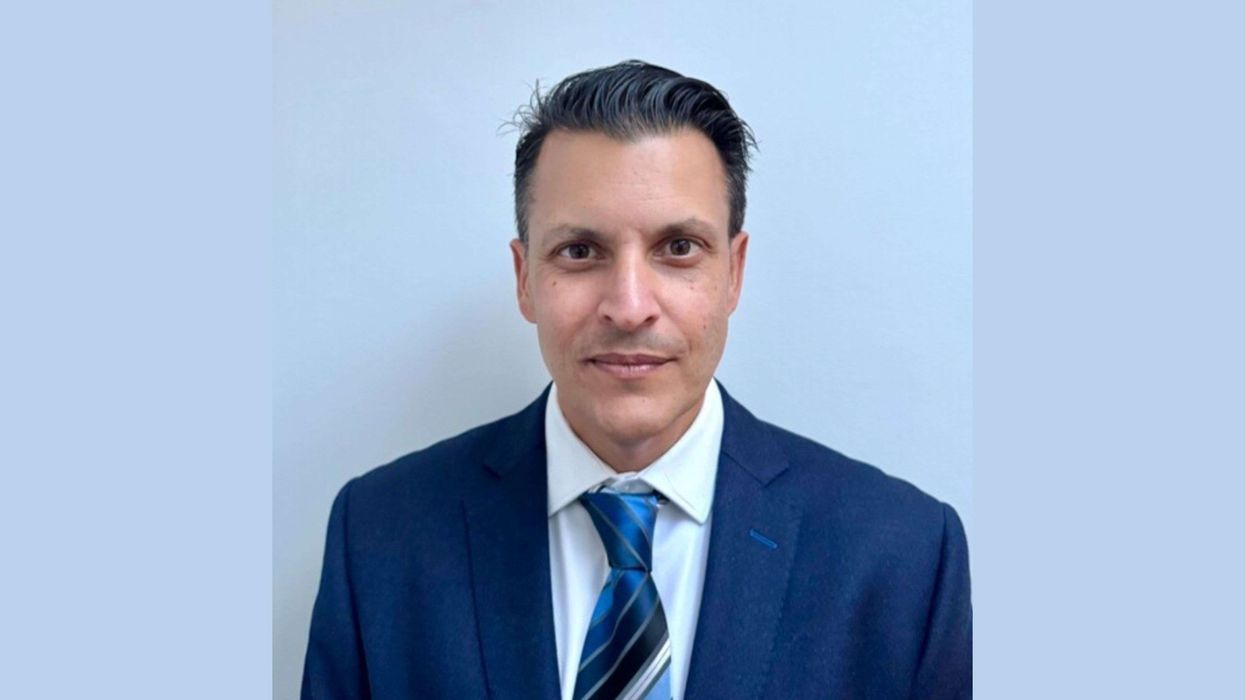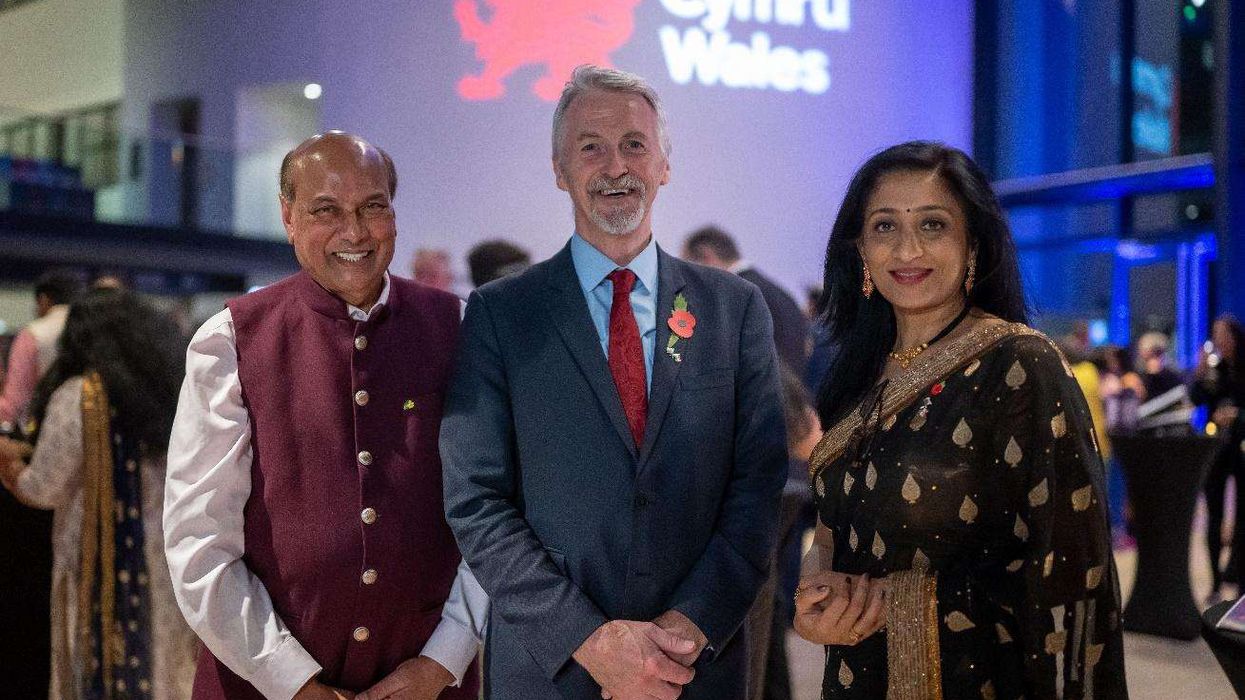Talented actor Mohammad Nazim has lit up television with winning performances including in hit serials Saath Nibhaana Saathiya and Roop — Mard Ka Naya Swaroop.
He will continue to show off his impressive range as a performer in new serial Bahu Begam. The stardom and heavy workload haven’t disconnected him from his spiritual roots.
Eastern Eye caught up with Nazim for a quick conversation about the holy month of Ramadan and Eid.
This year the fasting hours have been very long. As someone who believes in being healthy, what tips would you give to get through those long hours?
I would say keep your heart clean and keep your energies high. Eat healthy including roti, yoghurt and drinking milk at Sehri time. It is very important that you drink lots of water.During the hectic shooting schedule, what do you prefer to have during Sehri and Iftar?
In Iftari I love to have seasonal fruits like watermelon, bananas, apples and mangoes. I also eat falooda.What has been your toughest roza in recent times?
It was four years back and I had non-stop shoot for a special sequence. I was tired and hungry, but I managed and got through it, thanks to the almighty.What do you like doing in the holy month when not working?
I try to organise lunch for old age home residents and buy toys for children. I also pray regularly.What has been your most memorable Eid?
The most memorable Eid celebrations for me were when I was in school, maybe in sixth or seventh standard. At that time, Eid used to be totally different for us because as a kid I used to get really excited thinking that I will be getting new clothes, and because of roza we could stay out till late, otherwise, our parents didn’t allow us to go out at night.What other fond memories do you have of Eid?
Another thing was when we were kids we used to take our friends to our relatives' place and even we used to go along with our friends at their relatives' place because what used to happen is, along with them, even we used to get Eidi (money). So this was the trick, which we used as kids. Mostly, my best friend Absar and I used to do this.











